Import volume remains high
The Department of Animal Husbandry (Ministry of Agriculture and Rural Development) said that it is estimated that in 2023, our country will import 16.8 million tons of animal feed ingredients (equivalent to 6.8 billion USD, excluding ingredients of animal origin).
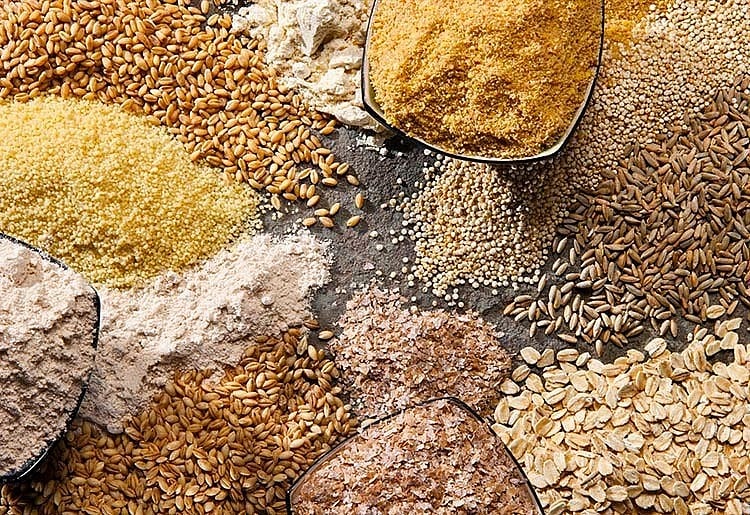 |
| In 2023, Vietnam will spend about 6.8 billion USD to import animal feed ingredients. |
Of which, some main imported materials include: Corn grain 7 million tons (equivalent to 2.1 billion USD); various types of oil cakes 4.9 million tons (equivalent to 2.4 billion USD); wheat and barley 1.4 million tons (equivalent to 453 million USD); DDGS (dried distillers grains) 1.15 million tons (equivalent to 394 million USD); bran of all kinds 474 thousand tons (equivalent to 110 million USD); broken rice and rice 414 thousand tons (equivalent to 145 million USD); soybean seeds 343 thousand tons (equivalent to 226 million USD); supplementary feed 527 thousand tons (equivalent to 574 million USD).
In 2023, industrial feed output is estimated to reach 20 million tons (down 2.4% compared to 2022). In 2023, the prices of main animal feed ingredients all decreased compared to 2022. Specifically: corn kernels VND 7.76 thousand/kg (down 12.5%); soybean meal VND 14.1 thousand/kg (down 3.1%); DDGS VND 9.24 thousand/kg (down 7.6%); wheat bran VND 6.87 thousand/kg (down 1.9%); extracted rice bran VND 6.19 thousand/kg (down 1.7%). Although there was a decrease compared to 2022, the prices of main ingredients in 2023 were still 32.4% to 45.6% higher than the period before the Covid-19 pandemic (2020).
Also according to the Department of Animal Husbandry, although the average price of animal feed ingredients for the whole year of 2023 decreased compared to 2022, the average price of complete mixed animal feed for pigs and poultry for the whole year of 2023 was still 0.7 - 3.5% higher than in 2022.
The main reason is that the price of finished animal feed has only been adjusted downward since June 2023 until now (about 6 price adjustments but the decrease each time is not much). For example, the price of finished animal feed for pigs is still 44.8% higher than the period before the Covid-19 pandemic (2020).
According to experts, in recent times, Vietnam’s livestock industry has developed rapidly due to the increasing demand for meat and dairy products. Along with that is the need to consume quality, nutritious animal feed to ensure growth and productivity.
However, currently, the supply of input materials for Vietnam's animal feed industry mostly comes from foreign imports - estimated to account for about 65% of the total domestic animal feed demand, especially according to animal feed industry experts, the imported vegetable protein raw materials account for nearly 90%, such as soybeans, which account for nearly 100%.
Need to proactively source raw materials
In Rabobank's annual Agricultural Commodity Market Outlook report, the global agricultural commodity market is expected to cool down in 2024. Although the situation has not fully recovered, the outlook for agricultural commodities is still much more positive than in previous years.
Domestically, the Department of Animal Husbandry forecasts that prices of raw materials and finished animal feed will continue to decrease from now until early 2024.
However, in the context of erratic input prices of animal feed ingredients and the risk of disease still existing, businesses are forced to adjust their strategies accordingly.
In particular, some solutions that animal feed enterprises prioritize to implement in the near future include: Focusing on building strategic product groups with large sales and high profits; Strengthening measures to manage financial risks, price fluctuations and quality of input materials; Developing a 4F biosafety model complex (Farm - Food - Feed - Fertilizer); Improving the organizational structure, policies and management of the enterprise; and Implementing a sustainable development strategy and environmental protection.
In the long term, businesses continue to develop sustainable strategies such as developing a 4F biosafety model complex (Farm - Food - Feed - Fertilizer) or sustainable development and environmental protection, which are prioritized by businesses.
In order to promote existing potential, further enhance the capacity of domestic animal feed production and processing to ensure quality, food safety and reduce product costs, and reduce the proportion of imported animal feed ingredients, Deputy Prime Minister Tran Luu Quang recently signed Decision 1625/QD-TTg approving the Project on Developing Animal Feed Processing Industry to 2030 (referred to as the Project).
The specific objective of the Project is to industrialize the production of domestically advantageous supplementary foods (processing microorganisms, enzymes, herbs, natural compounds, macrominerals, trace minerals, natural minerals...) to supply about 20 - 25% of demand by 2025 and 30 - 35% by 2030.
Promote the application of high technology and advanced technology in processing agricultural and industrial by-products, food processing... to make animal feed in the direction of industrialization, improving usage value and economic efficiency.
Industrial animal feed output will reach 24 - 25 million tons by 2025 and 30 - 32 million tons by 2030; meeting at least 70% of total demand for concentrated animal feed. Expanding part of the agricultural land area to produce animal feed ingredients towards industrialization to meet domestic demand and limit imports...
With the priority tasks and projects of the Project, including: Assessing the technological level and proposing solutions to improve industrial animal feed production technology; developing the supplementary feed production industry; developing the production, processing and preservation industry of agricultural and industrial by-products for animal feed; developing raw material production areas for animal feed, etc., will contribute to helping the livestock industry reduce product costs, thereby increasing the competitiveness of domestic livestock products.
On the side of the Department of Animal Husbandry, Mr. Pham Kim Dang - Deputy Director of the Department of Animal Husbandry (Ministry of Agriculture and Rural Development) - said that in 2024, the Department will strengthen channels to closely monitor developments in supply and prices of animal feed ingredients domestically and internationally, and take timely measures to minimize impacts on livestock farming efficiency in the context of high input material prices and ensure the quality of animal feed.
Source link


![[Photo] 2nd Conference of the Party Executive Committee of Central Party Agencies](https://vstatic.vietnam.vn/vietnam/resource/IMAGE/2025/3/31/8f85b88962b34701ac511682b09b1e0d)
![[Photo] Prime Minister Pham Minh Chinh receives delegation of leaders of US universities](https://vstatic.vietnam.vn/vietnam/resource/IMAGE/2025/3/31/8be7f6be90624512b385fd1690124eaa)

![[Photo] Speeding up construction of Ring Road 3 and Bien Hoa-Vung Tau Expressway](https://vstatic.vietnam.vn/vietnam/resource/IMAGE/2025/3/31/f1431fbe7d604caba041f84a718ccef7)
![[Photo] General Secretary To Lam receives US Ambassador to Vietnam Marc E. Knapper](https://vstatic.vietnam.vn/vietnam/resource/IMAGE/2025/3/31/5ee45ded5fd548a685618a0b67c42970)




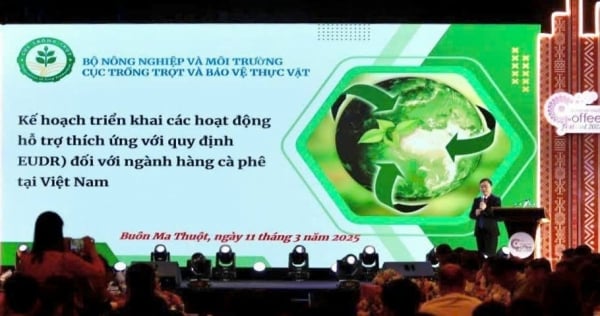
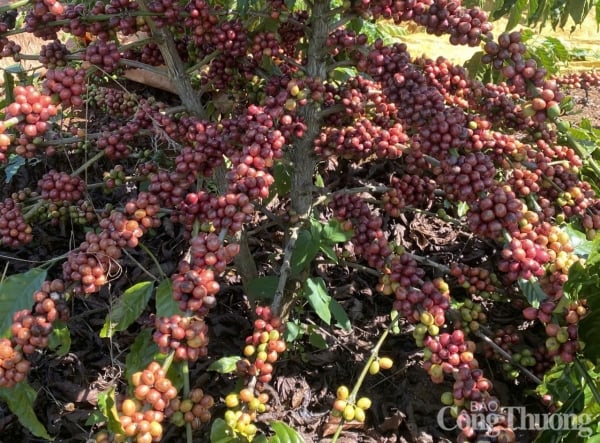

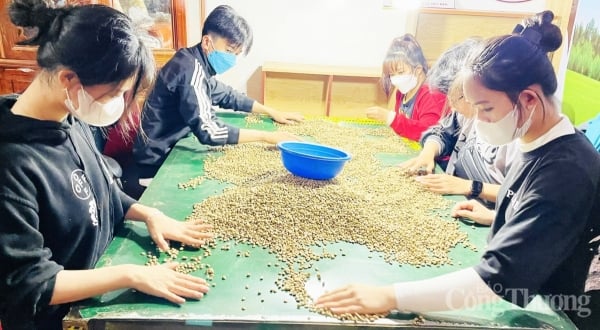
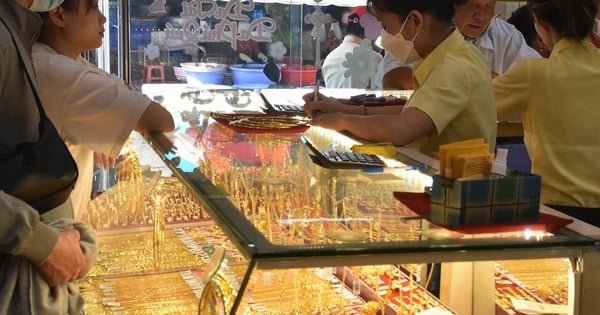
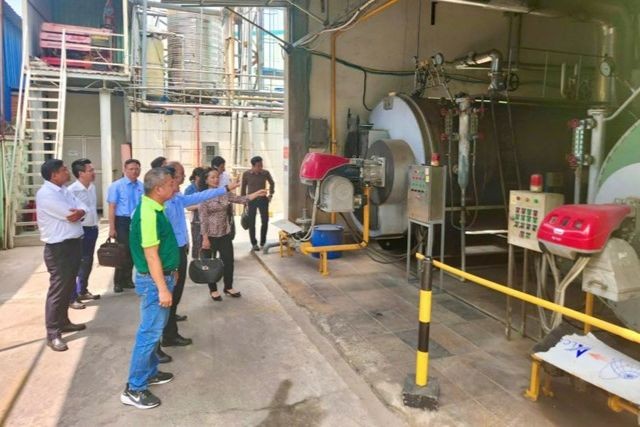


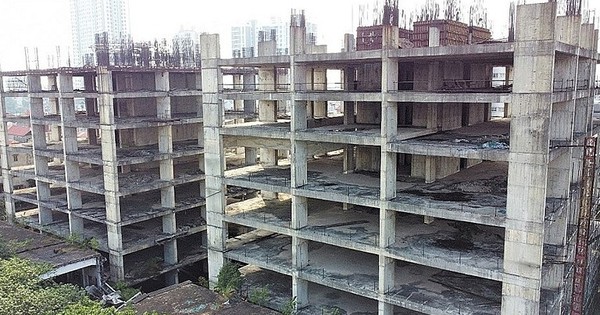
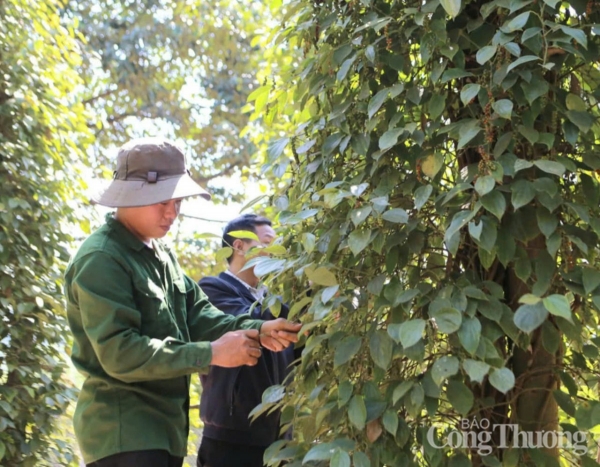



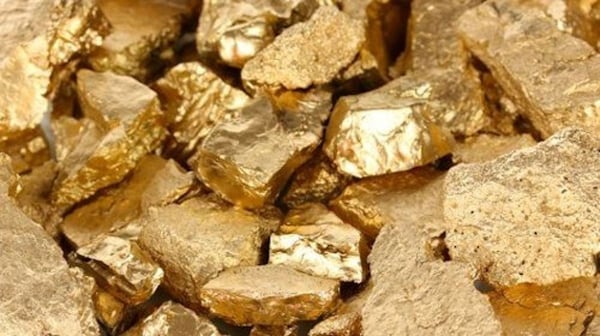
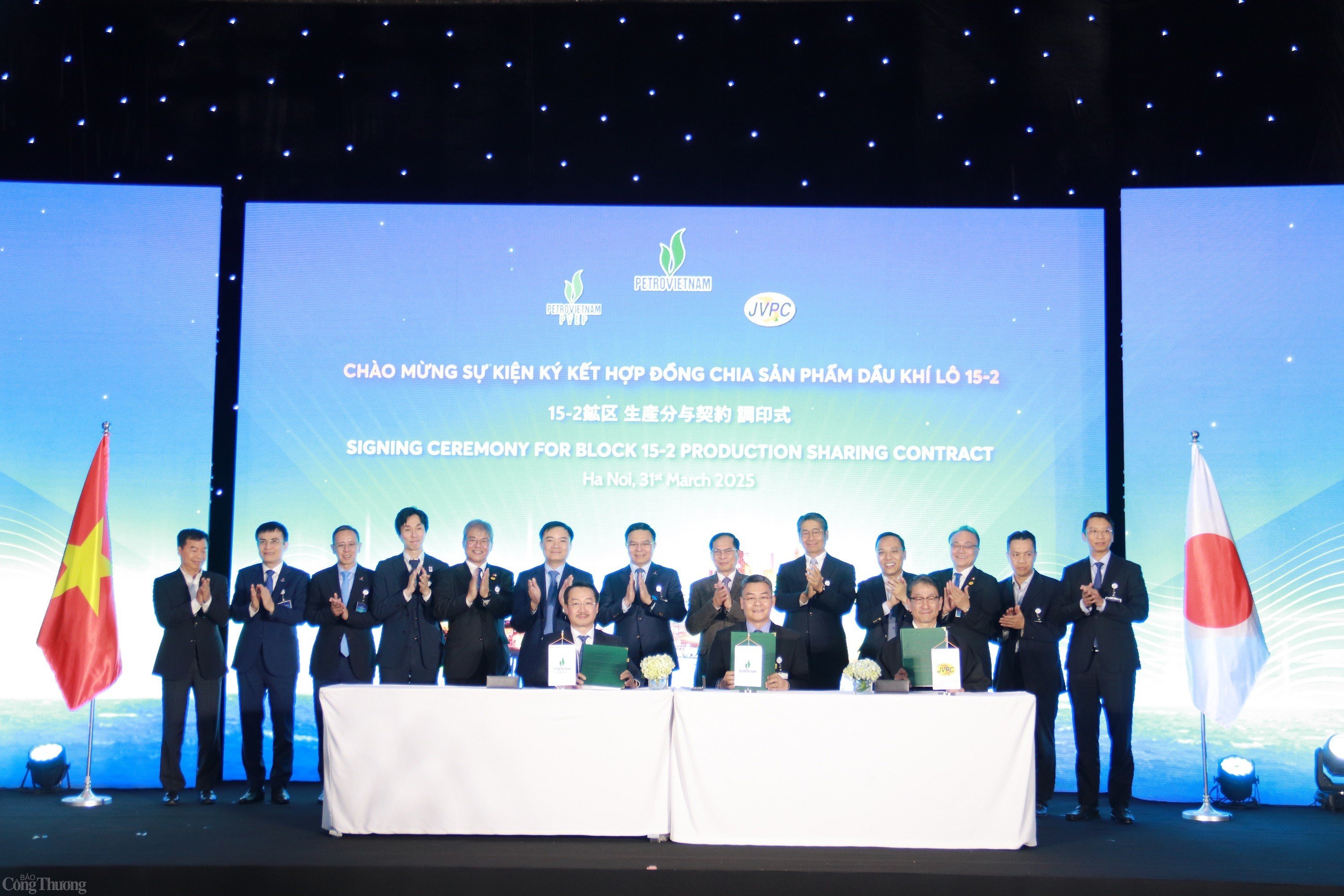
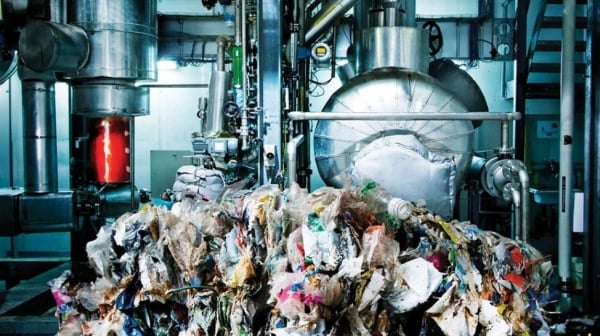

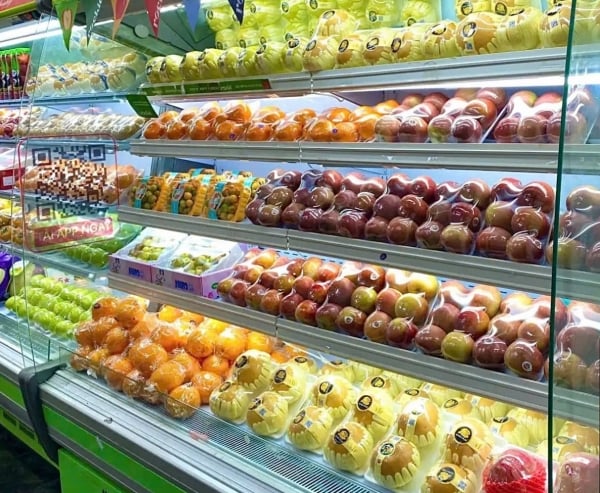


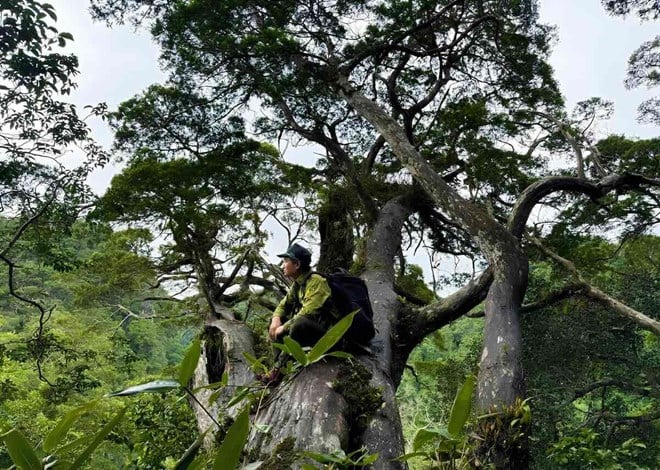

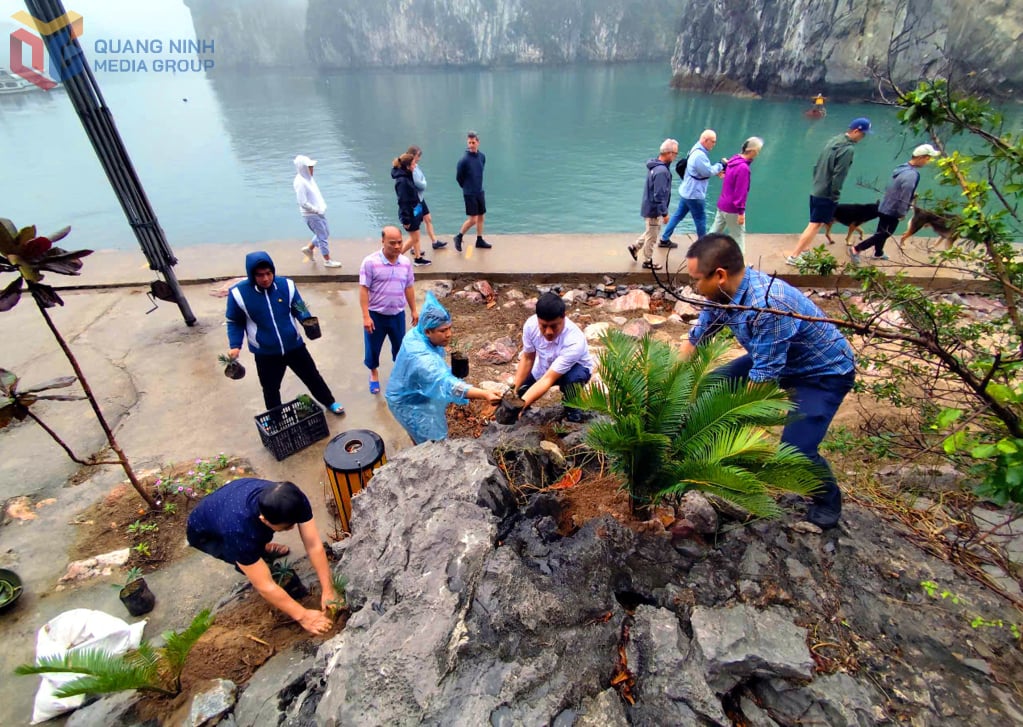

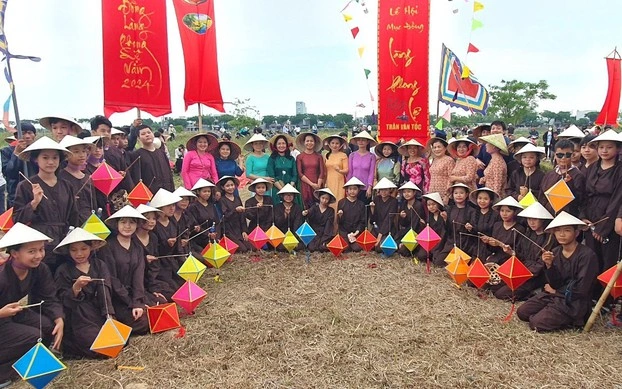







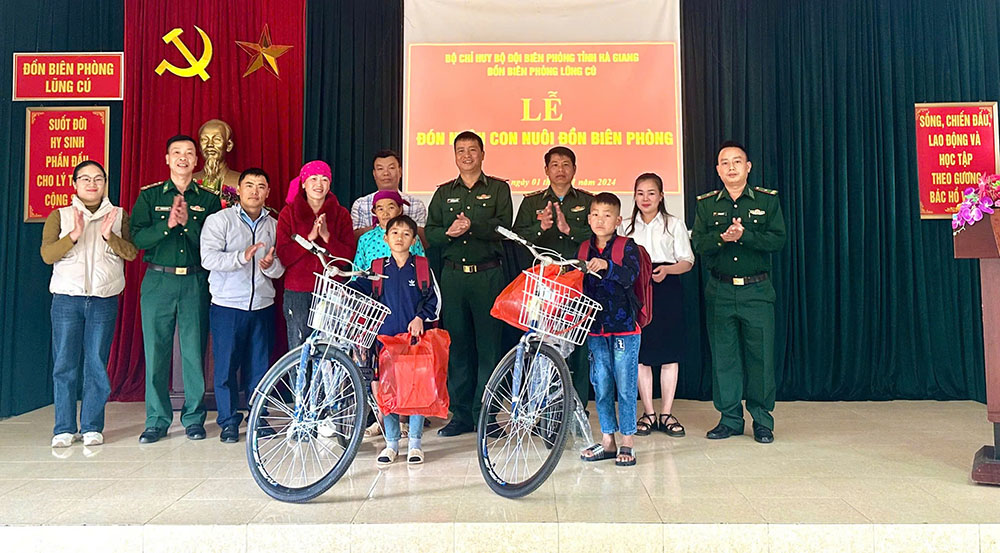

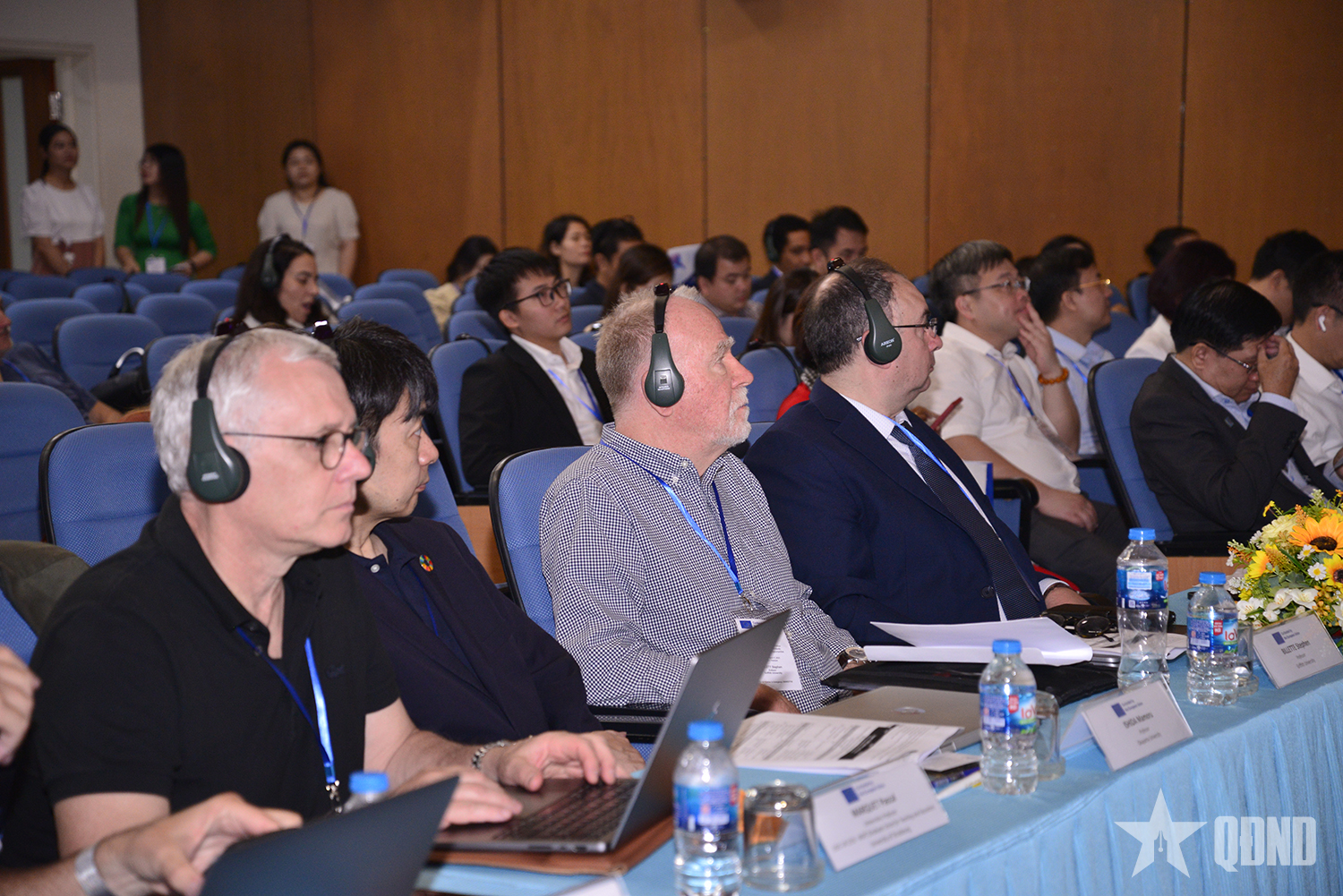



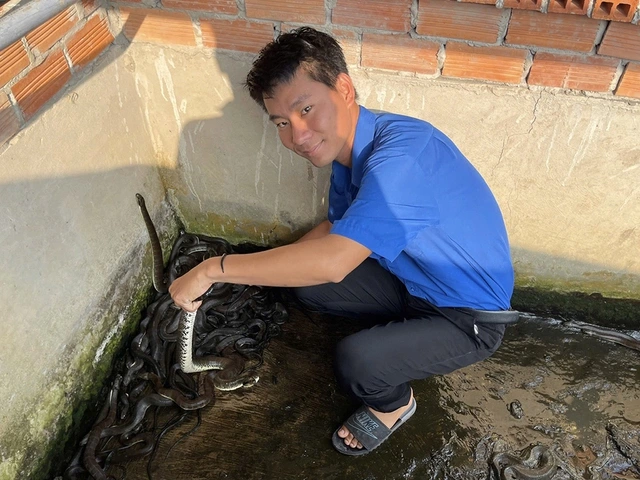











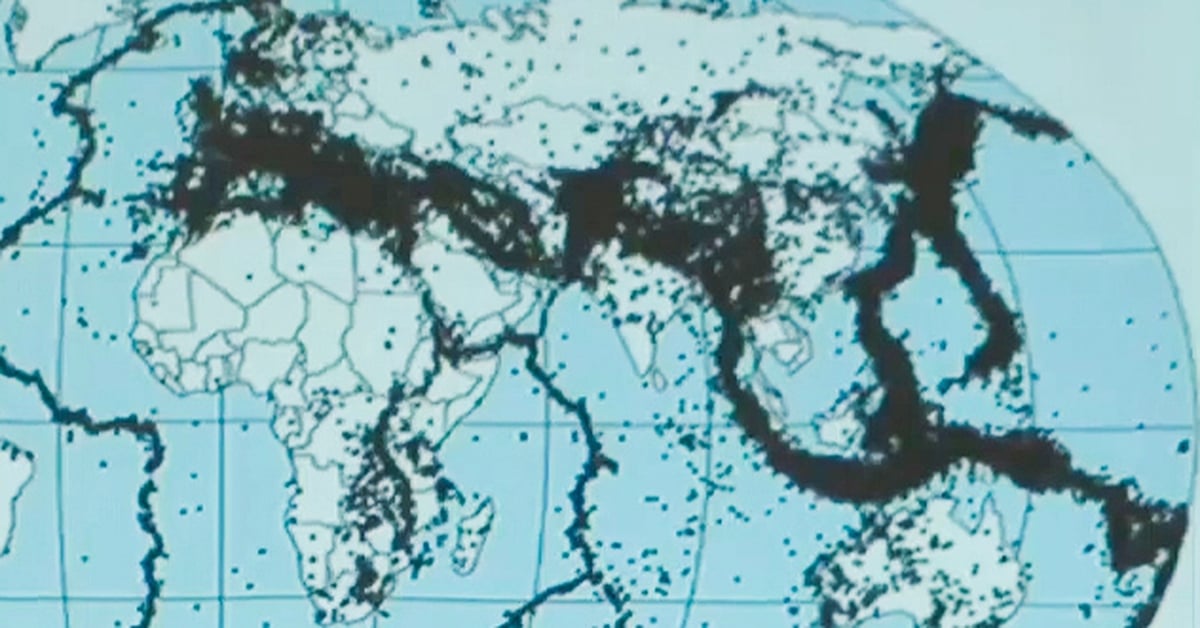
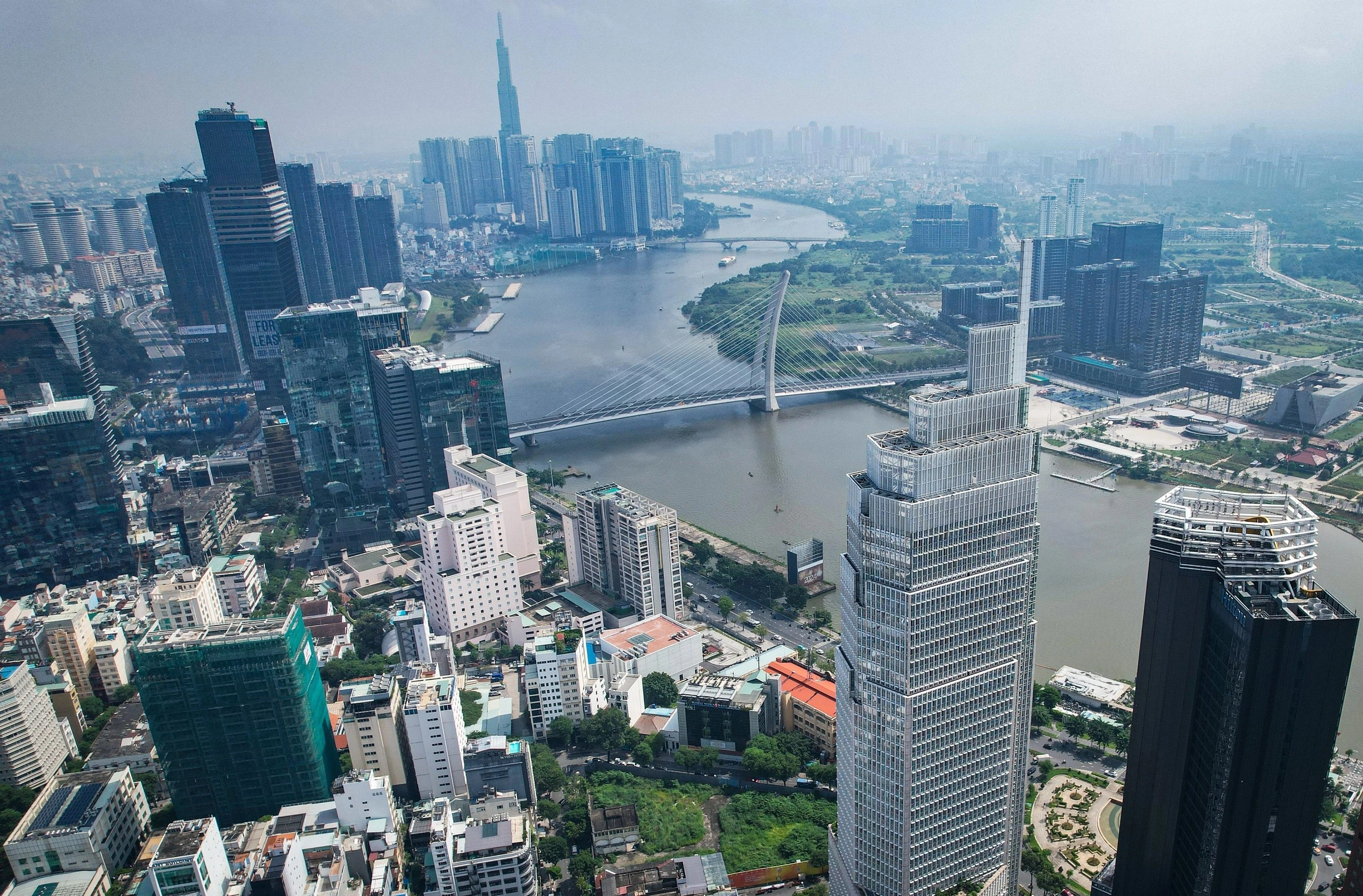
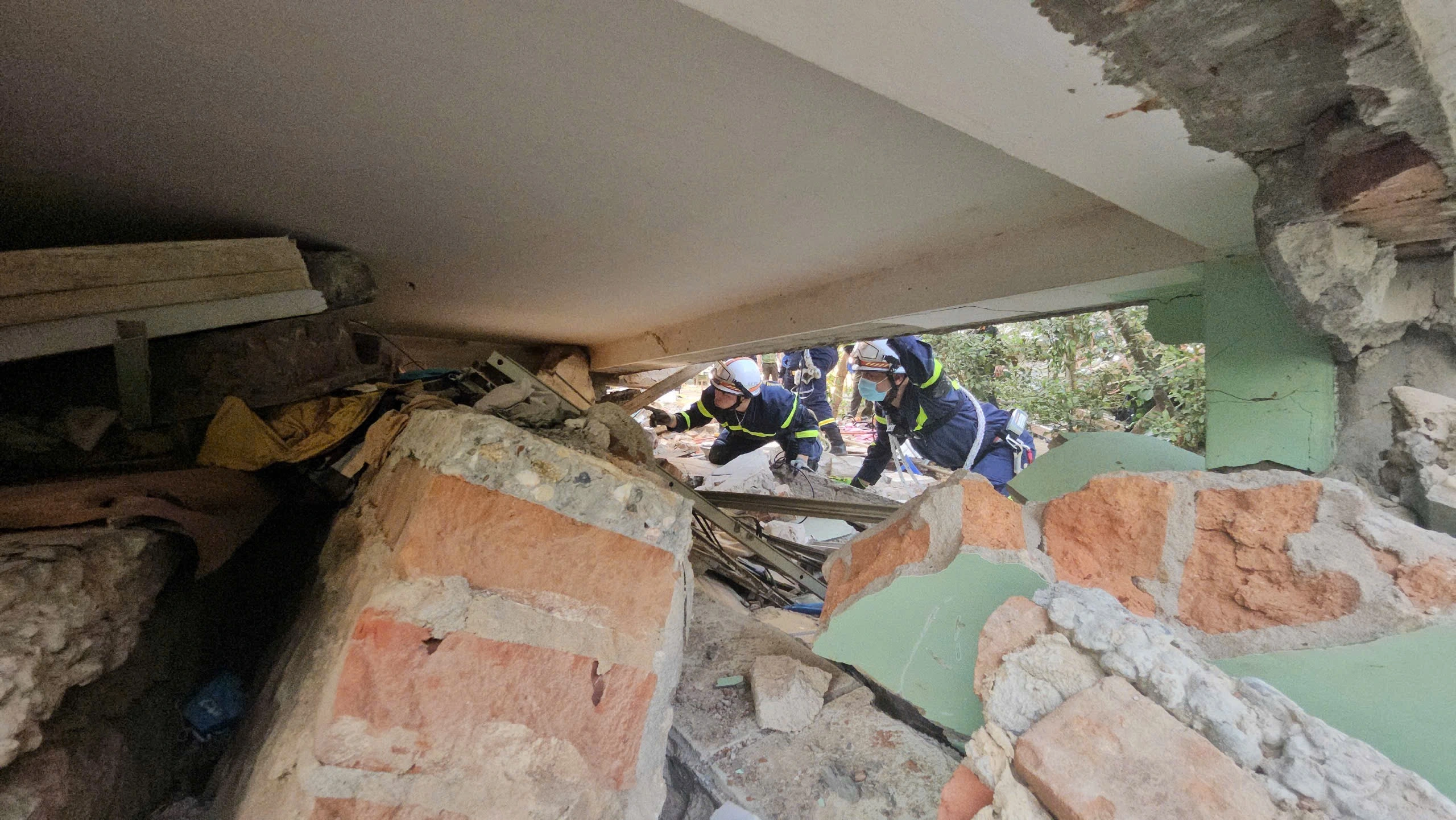


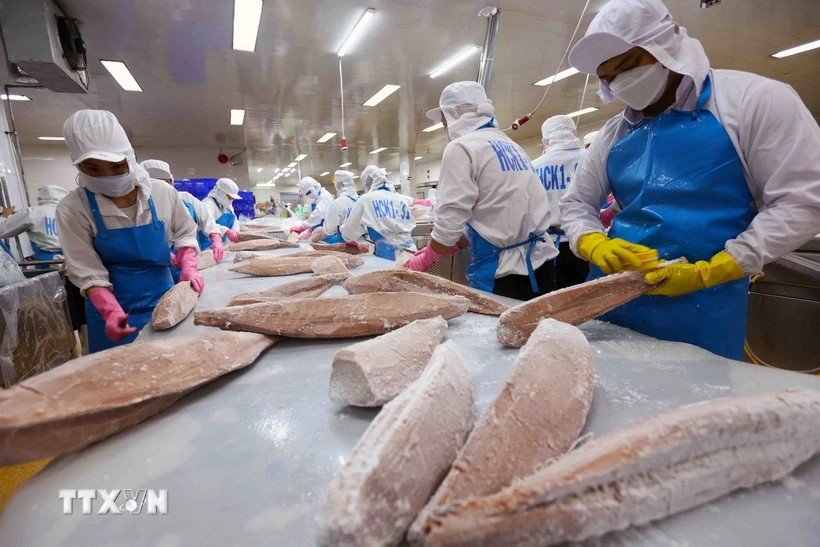






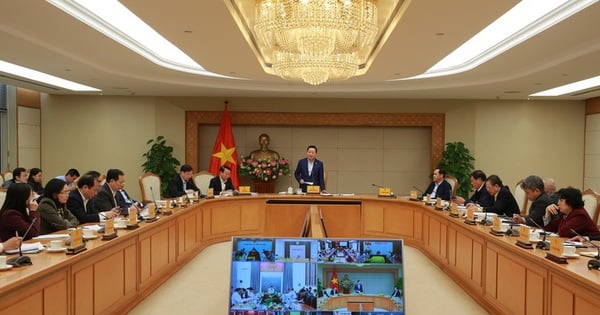
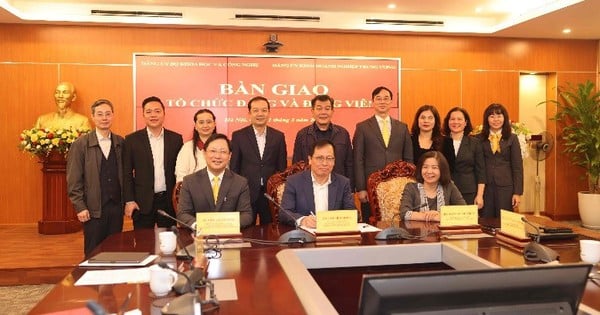


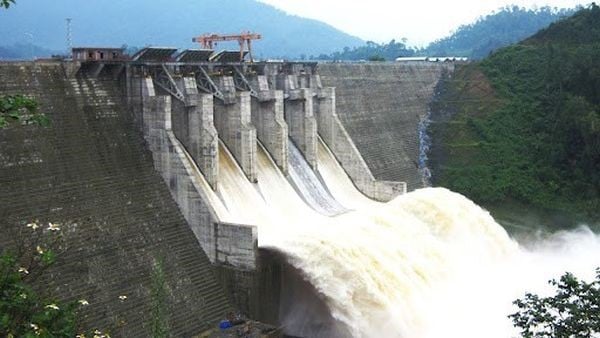



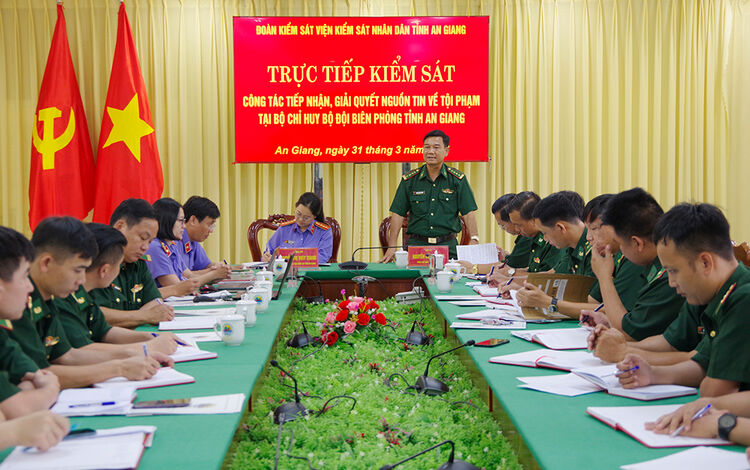
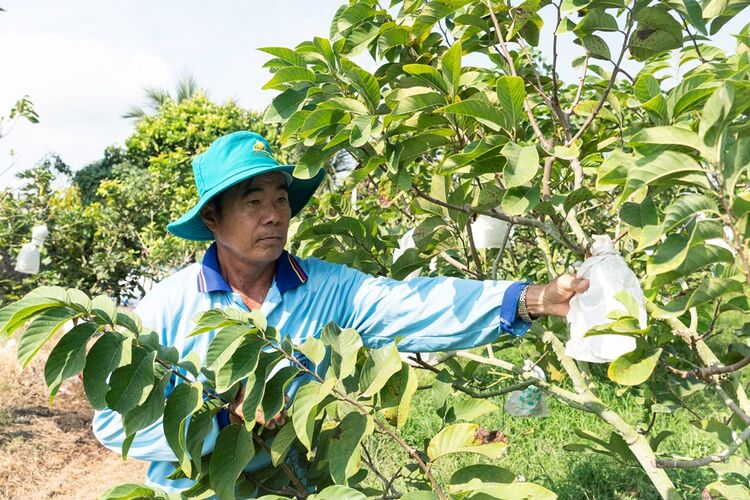


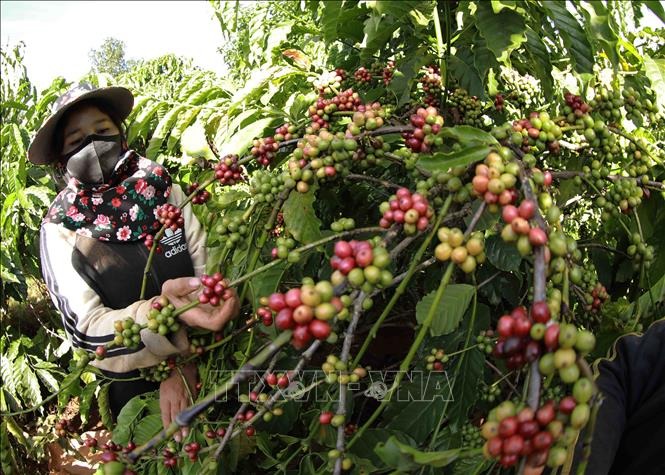













![[REVIEW OCOP] An Lanh Huong Vet Yen Cat](https://vstatic.vietnam.vn/vietnam/resource/IMAGE/2025/3/27/c25032328e9a47be9991d5be7c0cad8c)

Comment (0)